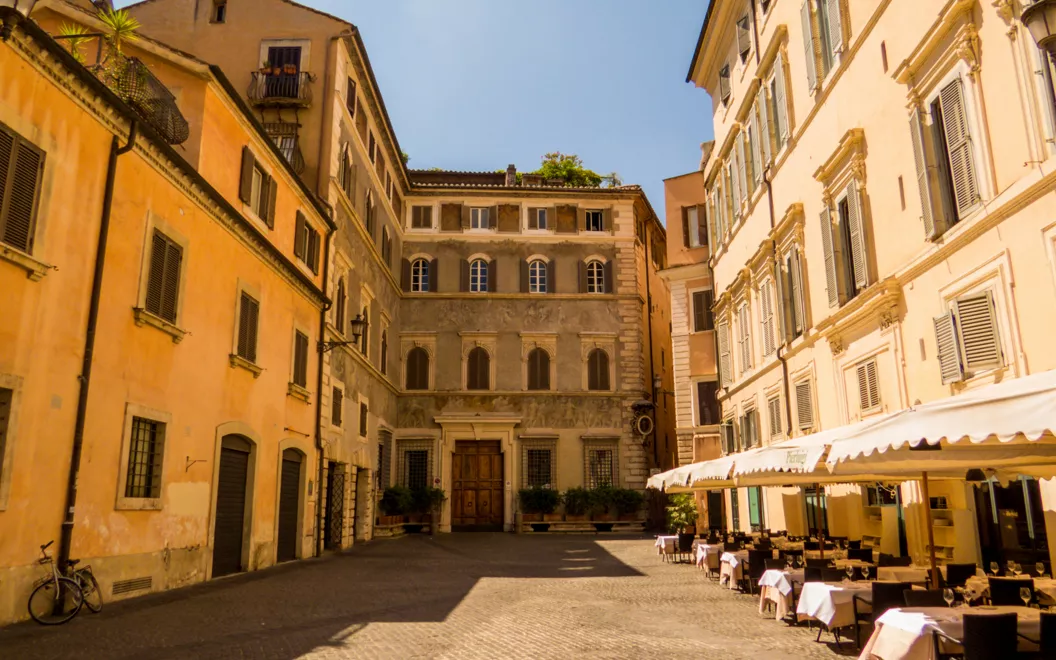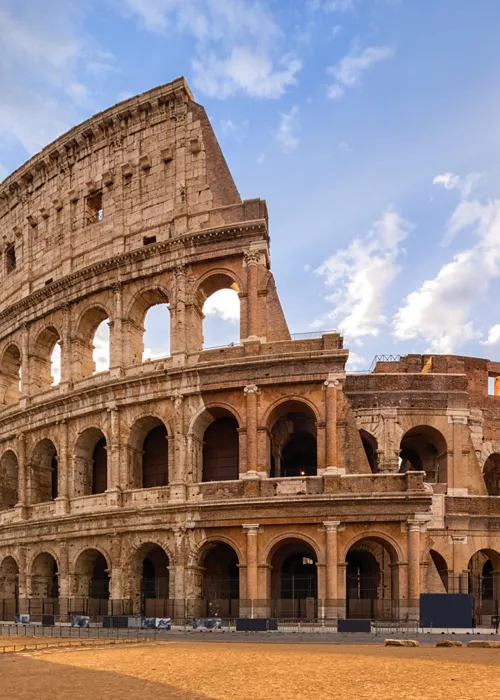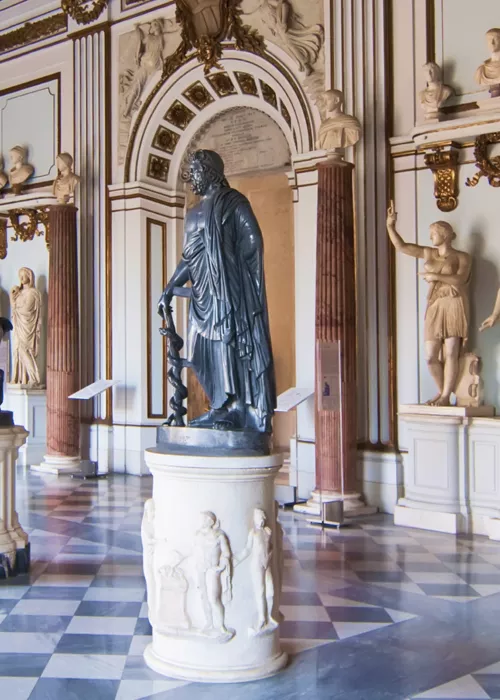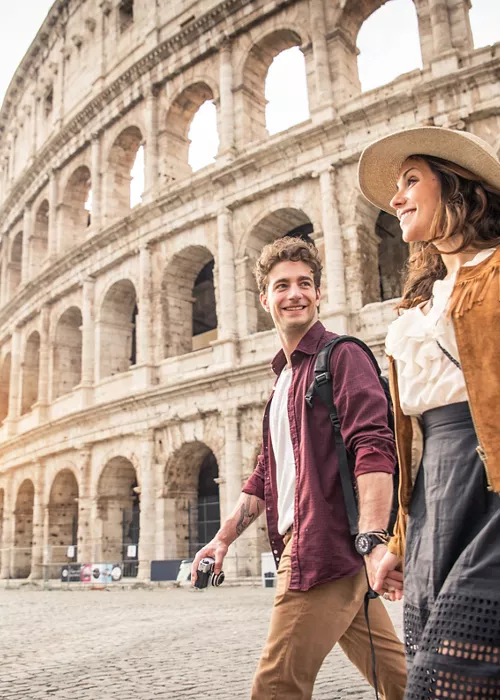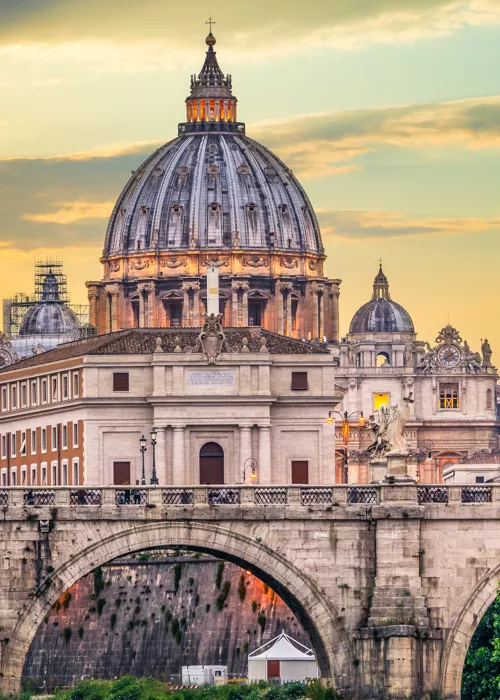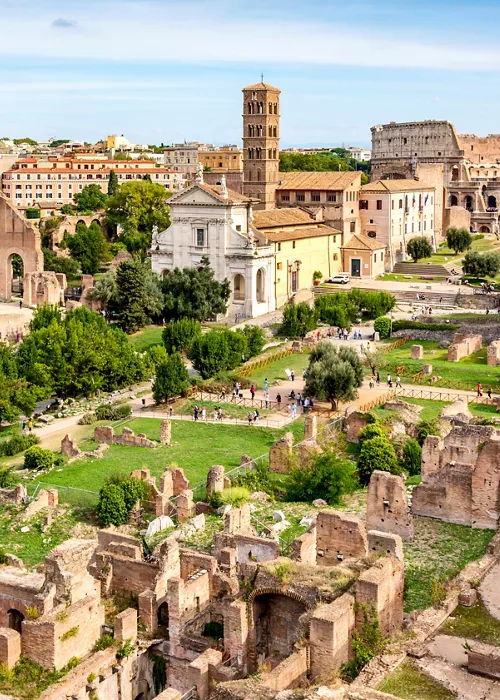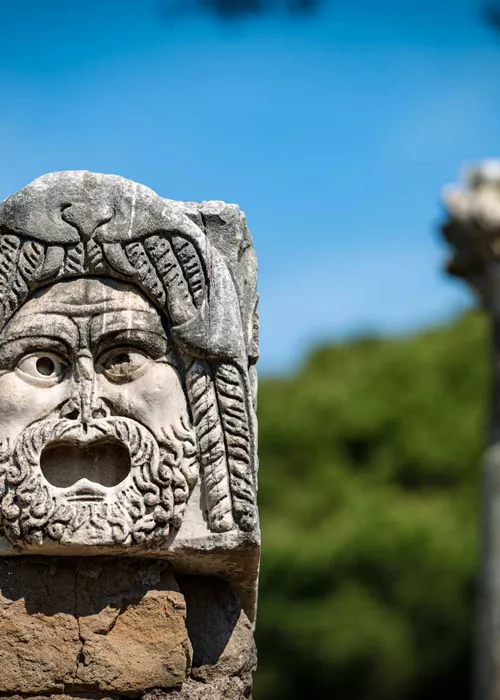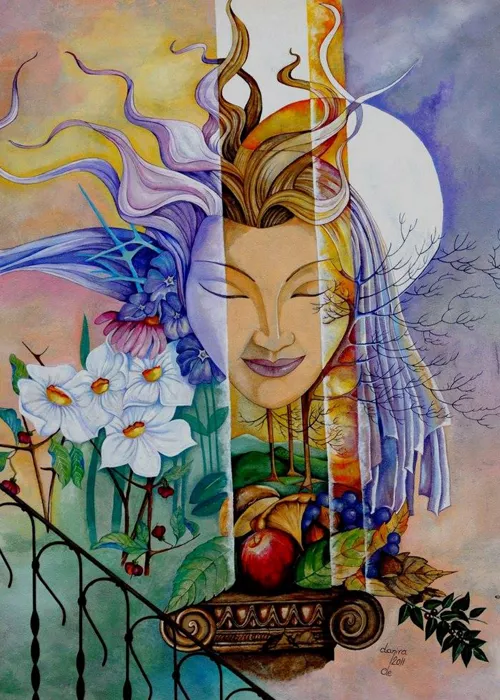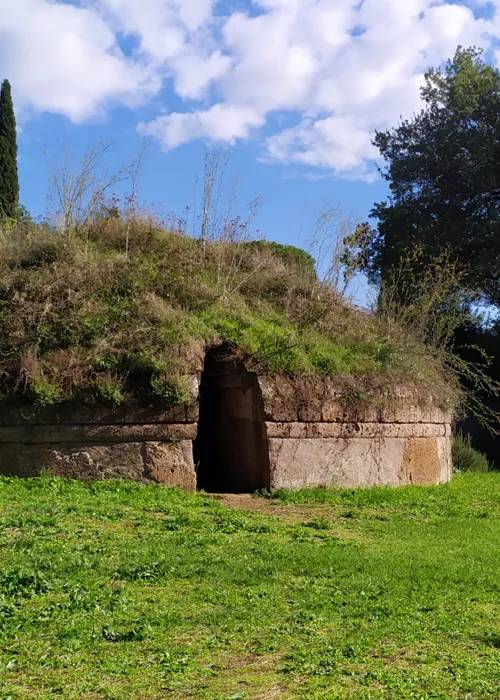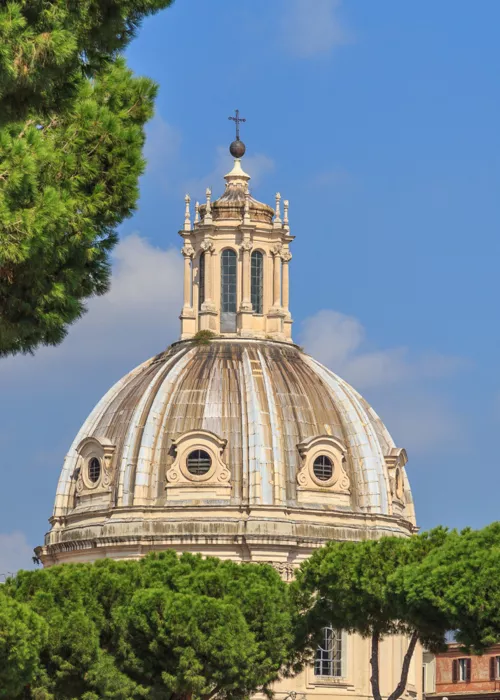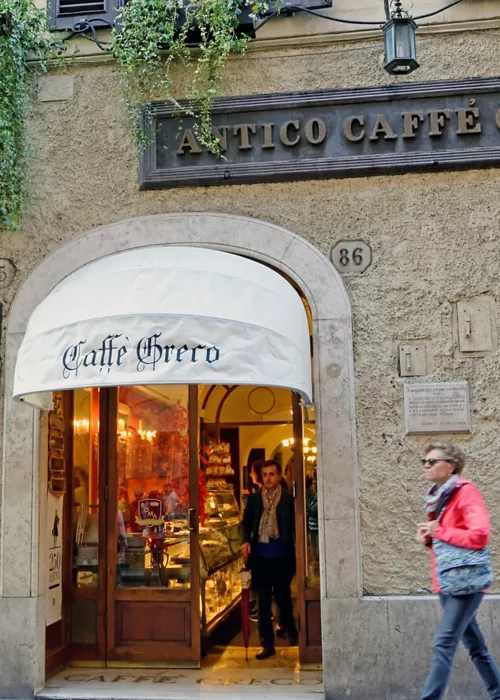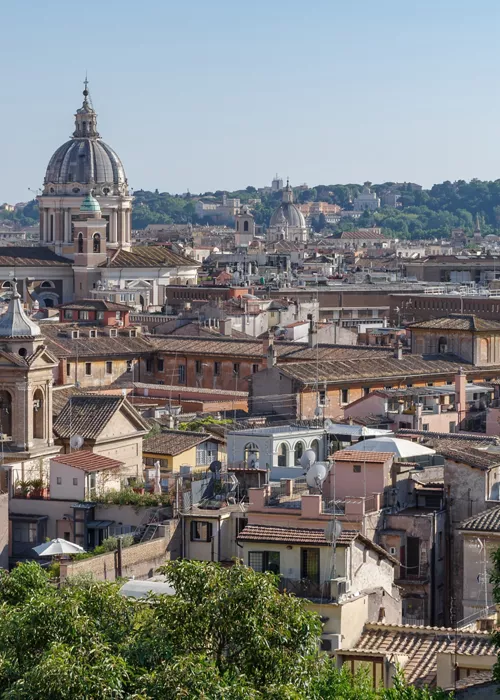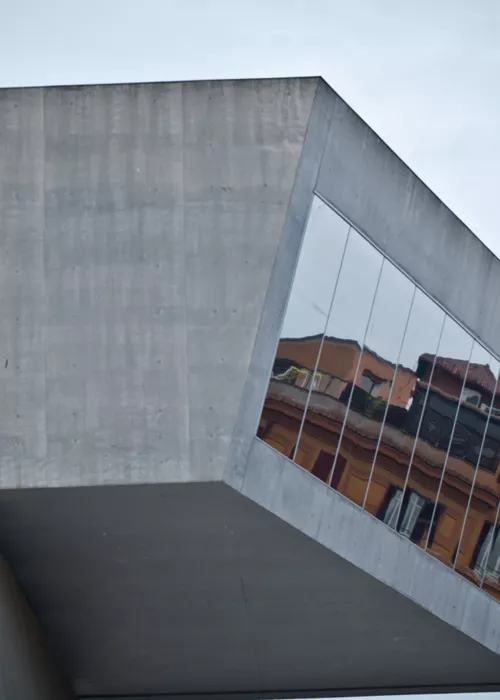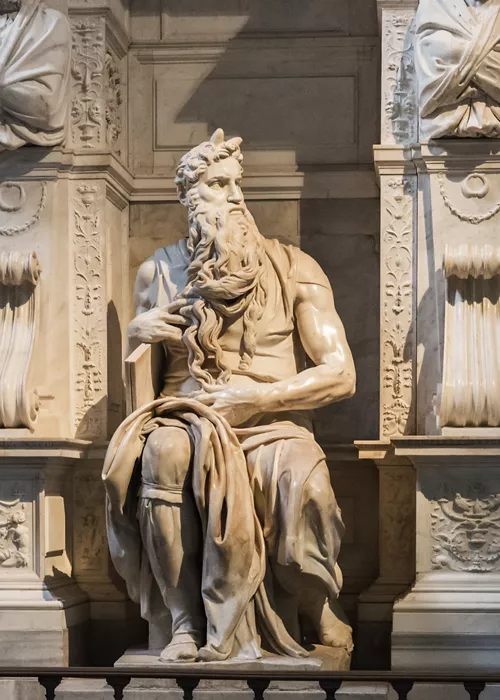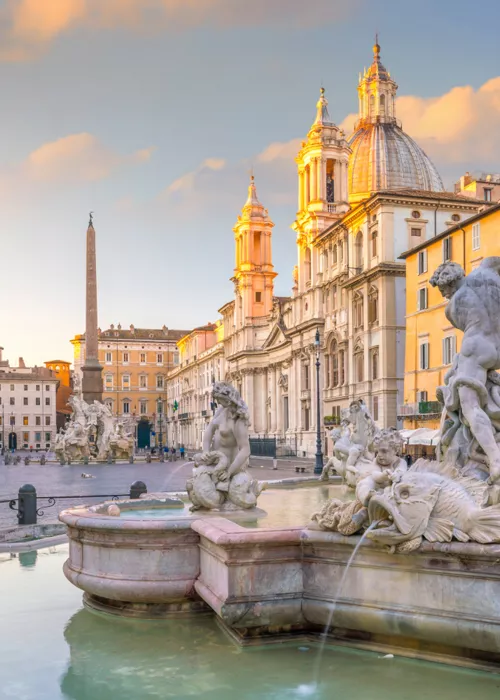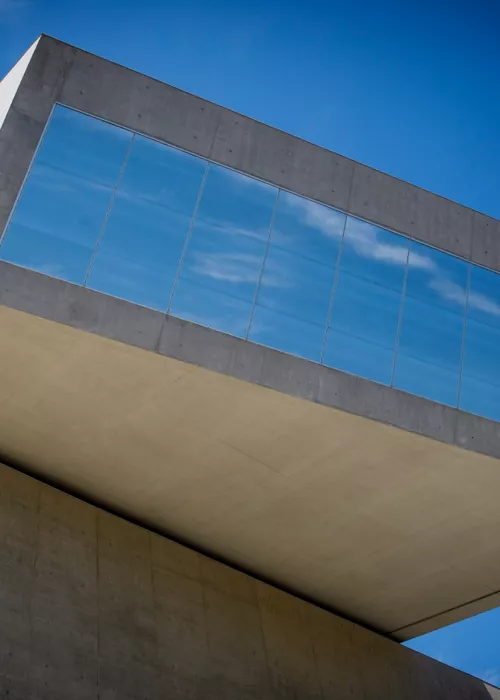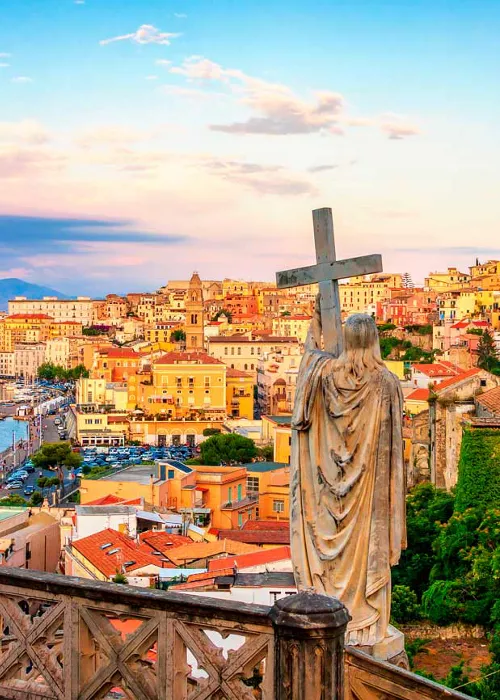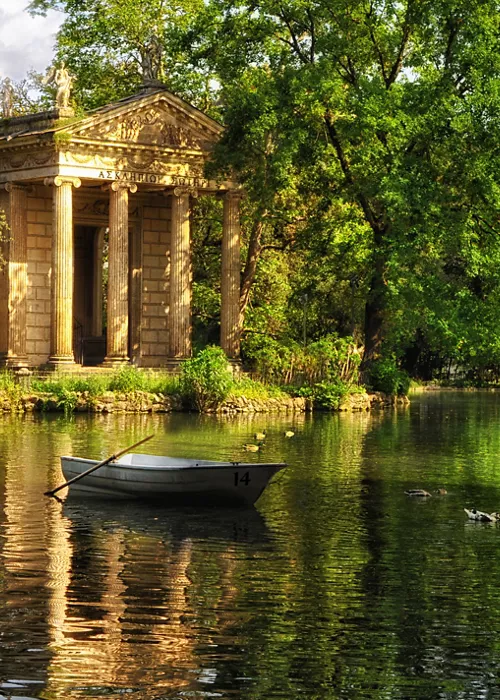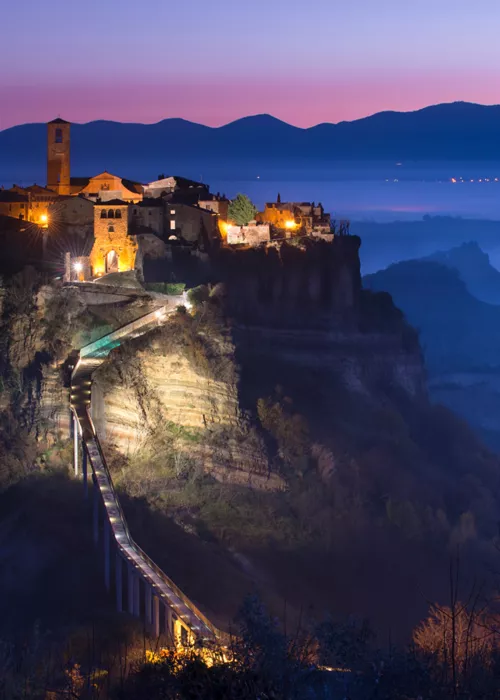The 'great beauty' of Palazzo Sacchetti, in the heart of Rome, set of the Oscar-winning film by Paolo Sorrentino
2 minutes
After so many famous monuments built on commission, Antonio da Sangallo, the celebrated Florentine architect who designed Palazzo Farnese and teamed up with Raphael on the building site of St. Peter's Basilica, conceived and built Palazzo Sacchetti, one of the most beautiful Renaissance residences in Rome, for himself, dedicating the last years of his life to creating the perfect building.
After having been owned by the Sacchetti family for more than three centuries and having recently changed hands several times, this historic palace, which was the set for Paolo Sorrentino's Oscar winning film La Grande Bellezza ('The Great Beauty') and, before that, had inspired the settings steeped in history and spirituality of Émile Zola's novel ‘Rome', has now been put up for sale by Sotheby's.
A vast and sumptuous property
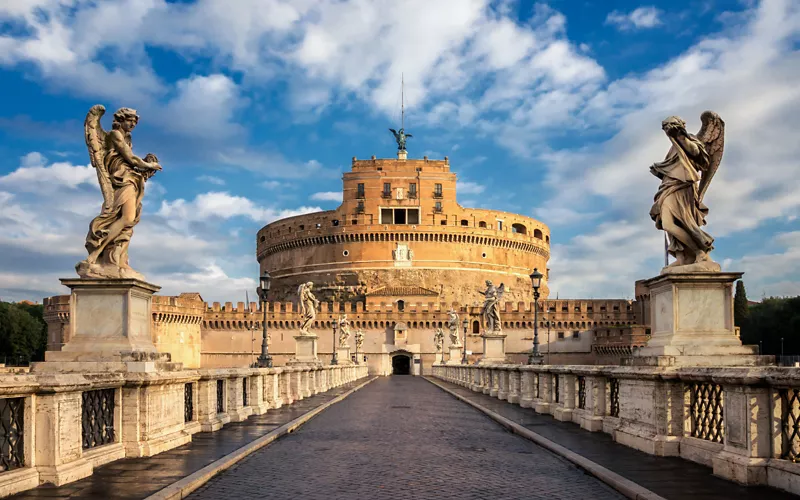
Here you will find 3,000 square metres of floor space, magnificent salons and a small chapel, with marble statues, decorated ceilings and walls frescoed in cycles inspired by Italian Mannerism, a terrace - of almost 300 square metres - overlooking the Tiber, an inner garden and a splendid nymphaeum that once, before the creation of the Tiber embankments, was directly reflected in the river waters. To this must be added several separate apartments, all of which are sumptuous.
A secret treasure trove of works of art
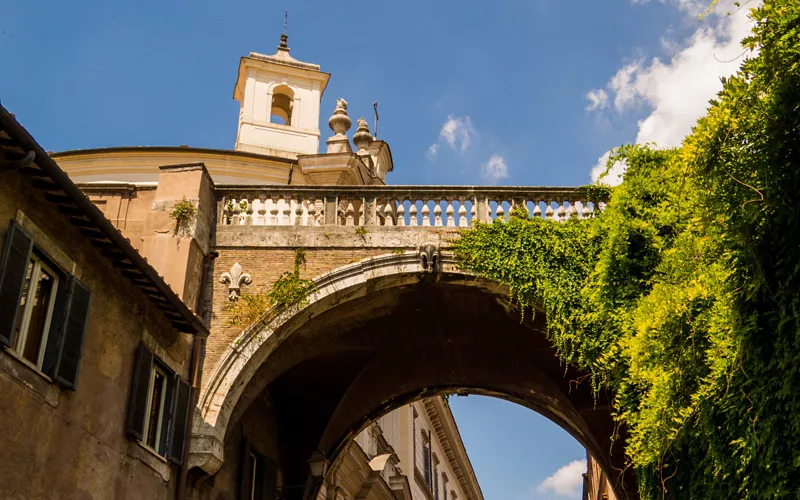
But beyond its size, what really counts is the artistic value of the building and what it contains. There are treasures that can only be visited on special occasions, when its rooms are opened to the public.
It is worth waiting to see what will become of this architectural gem, which rivals the most beautiful historical palaces in Rome.
It was here that Cardinal Giulio Cesare Sacchetti, a member of the noble Florentine family that bought the building in the mid 17th century, set up a picture gallery with almost 700 paintings. A century later his heirs handed it over to Pope Benedict XIV, who made it the original nucleus of the Capitoline picture gallery.
In the hall facing Via Giulia, the first one you encounter on entering, two large antique globes, one terrestrial and one celestial, catch the eye: both dating from the end of the 17th century, they are the work of the cosmographer Vincenzo Coronelli.
The walls, with frescoes by Francesco Salviati, retrace the episodes of the Stories of David.
Pomp and Decadence: The Director's Perspective
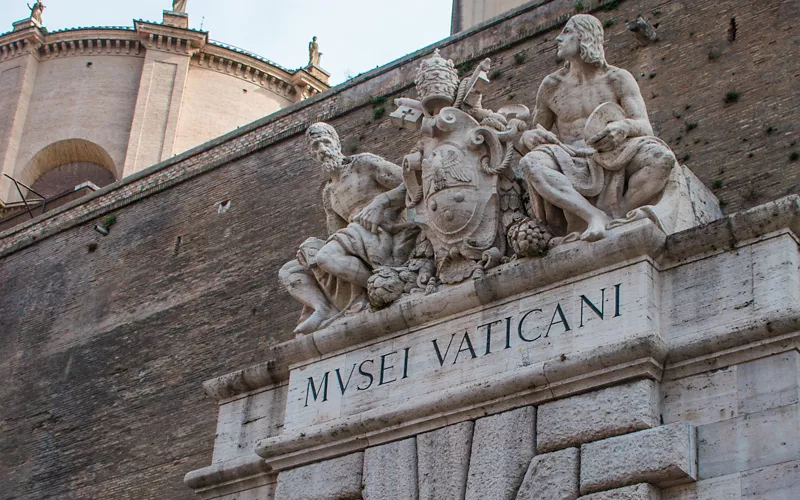
Continuing through rooms and drawing rooms, one reaches the Sacchetti Gallery, a faithful reproduction of the Sistine Chapel, decorated with frescoes by Pietro da Cortona, stuccoes, busts and ancient statues.
Here, before a table set with precious porcelain, Paolo Sorrentino chose to set the disconsolate loneliness of the aristocratic Viola, who is played by Pamela Villoresi - the noblewoman waits in vain for her guests, invited to a dinner to which no one will show up - and the madness of her son: one of the most visionary performances by Luca Marinelli, who wanders around the rooms of the palazzo naked and painted red.
The lens that captures the charm
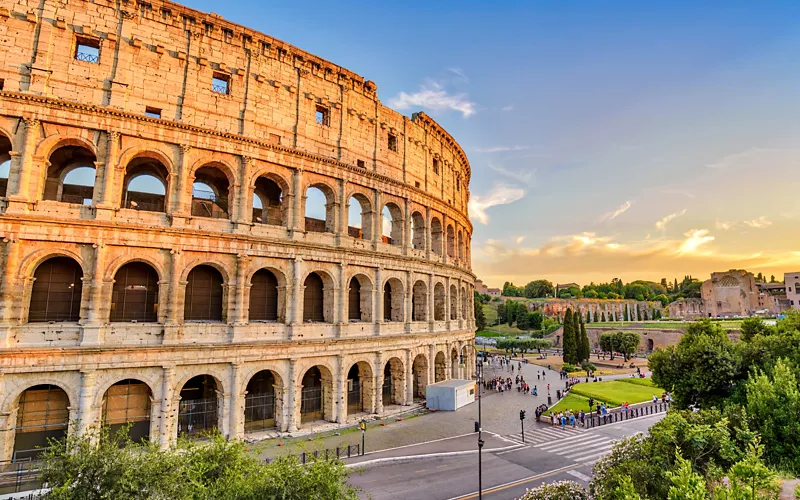
While immersed in the atmosphere of the film, take the opportunity to look outside: the windows of the gallery overlook an enchanting miniature Italian garden. There is a fountain, statues, cloisters, hedges and benches: it's all there, in small and perfect proportions, even the recently restored nymphaeum.
It is not by chance that it is from this perspective that Sorrentino 'spies' the scene of the nun playing with the children, then translating it, in the fiction of the film, into another setting. This is a poetic licence surely inspired by the 'great beauty' of this hidden paradise.

